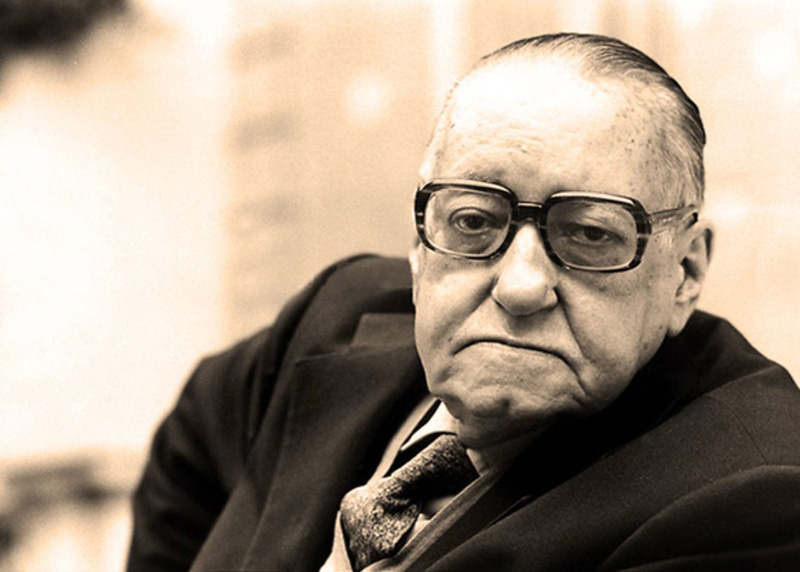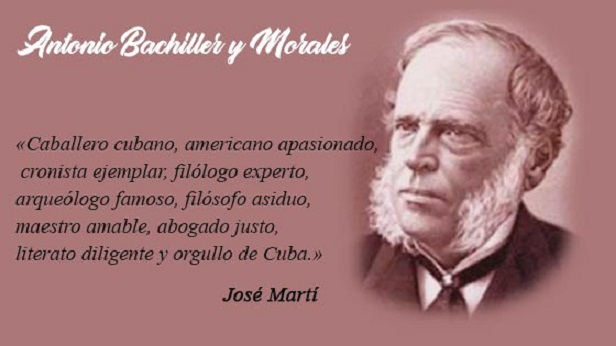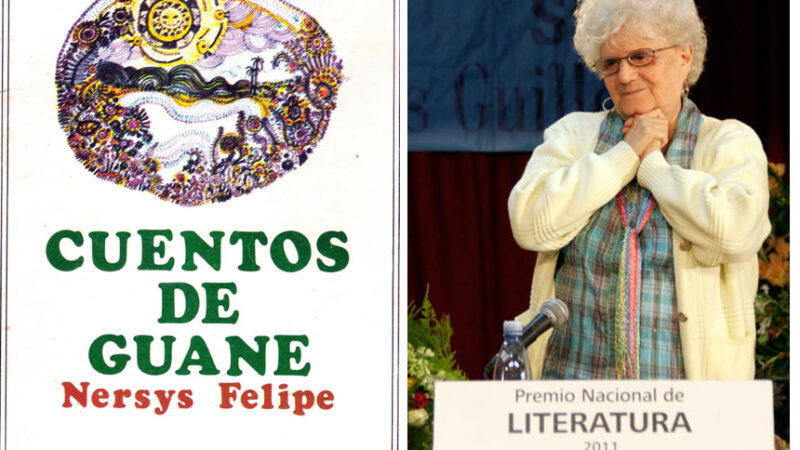Alejo Carpentier and the Interpretation of Reality

«Our duty is to dwell less on death and more on the circumstances of the work, which, in the case of Alejo Carpentier, is enduring and glorious.» This is how Jorge Luis Borges commemorated Carpentier’s physical departure. The influence of the Cuban writer extended beyond the literary sphere and resonated with lasting vigor in other genres, notably in essays, where his works, particularly those concerning Cuban music, persist as reference points today.
One of the most entrenched concepts in his oeuvre is that of magical realism. Rejecting the influence of the surrealist movement in France, Alejo developed his interpretation of reality from the cultural identity of the peoples of the continent.
«The essays of Alejo Carpentier (…) revolve around the fundamental axis of America, understood and interpreted in its intricate cultural formation, historical destiny, and unique musical and literary expression. This vision, leading to the revaluation of Spain’s syncretic and expansive destiny, focuses on the concept of the Real – Marvelous – American, the Baroque, and a favored genre, the Novel,» notes researcher Graciela Maturo.
In this context, novels serve as instruments for personal self-formation and historical comprehension, while references to the intellectuals’ mission, historical commitment, and the amalgamation of East and West in America also emerge. «(…) he is a philosopher of History, who does not envision it from the surface of the tapestry, but from its hidden planes, revealing its intrahistorical design,» points out Graciela.
The rediscovery of the continent and its peculiarities was preceded by movements such as the regionalism of the 1920s and the subsequent works of Ángel Rama and authors like José María Arguedas, Miguel Ángel Asturias, or Augusto Roa Bastos, contributing to the construction of a complex narrative blending the cultures of Latin America. This is how writer Edmundo Paz Soldán perceives it, noting also how Alejo’s artistic quests are no less artificial than those of European surrealism:
«What is interesting here is to highlight how a literary project is legitimized: through counterposition with European art and its subsequent discard, and through the controversial political gesture of ascribing an essentialist quality to one aspect of the continent capable of being generalized to the entire continent. Thus, a literary project becomes, simultaneously, an ontology and a gnoseology.»
For Carpentier, the wonder of reality does not imply an innate preference, but rather the recognition of its particularity as an event. This was articulated in a speech:
«The word ‘marvelous’ has, over time and through usage, lost its true meaning to such an extent that with the word ‘marvelous,’ there occurs ‘marvelous’ itself, a conceptual confusion as significant as that with ‘baroque’ or ‘classicism.’ Dictionaries tell us that the marvelous is what evokes admiration, being extraordinary, excellent, and admirable. Added to this notion is the idea that everything marvelous must be beautiful, handsome, and amiable. However, what should be remembered from the dictionaries’ definition is its reference to the extraordinary. The extraordinary is not inherently beautiful or handsome. Nor is it inherently beautiful or ugly; it is, above all, shadowy due to its unusualness. Everything unusual, astonishing, and deviating from established norms is marvelous.»
This perspective transcends what he understood as Europeanization, defending the essence of American identity, inherently baroque, with an art capable of transcending its own limitations and establishing new ones. In this context, the consciousness of the American man traverses the creole, and faced with the definitive role of that link, Carpentier invites us to be more humble, calm, and aware.
«On the contrary, the magical realism that I advocate, which is our magical realism, is found in its raw, latent, omnipresent state throughout Latin America (…) Our world is baroque in architecture – a fact that requires no demonstration – by the intricacy and complexity of its nature and vegetation, by the polychromy of its surroundings, by the telluric impulse of the phenomena to which we are still subjected.»
Translated by Luis E. Amador Dominguez



